Hops Plant Pruning: When And How To Prune A Hops Plant
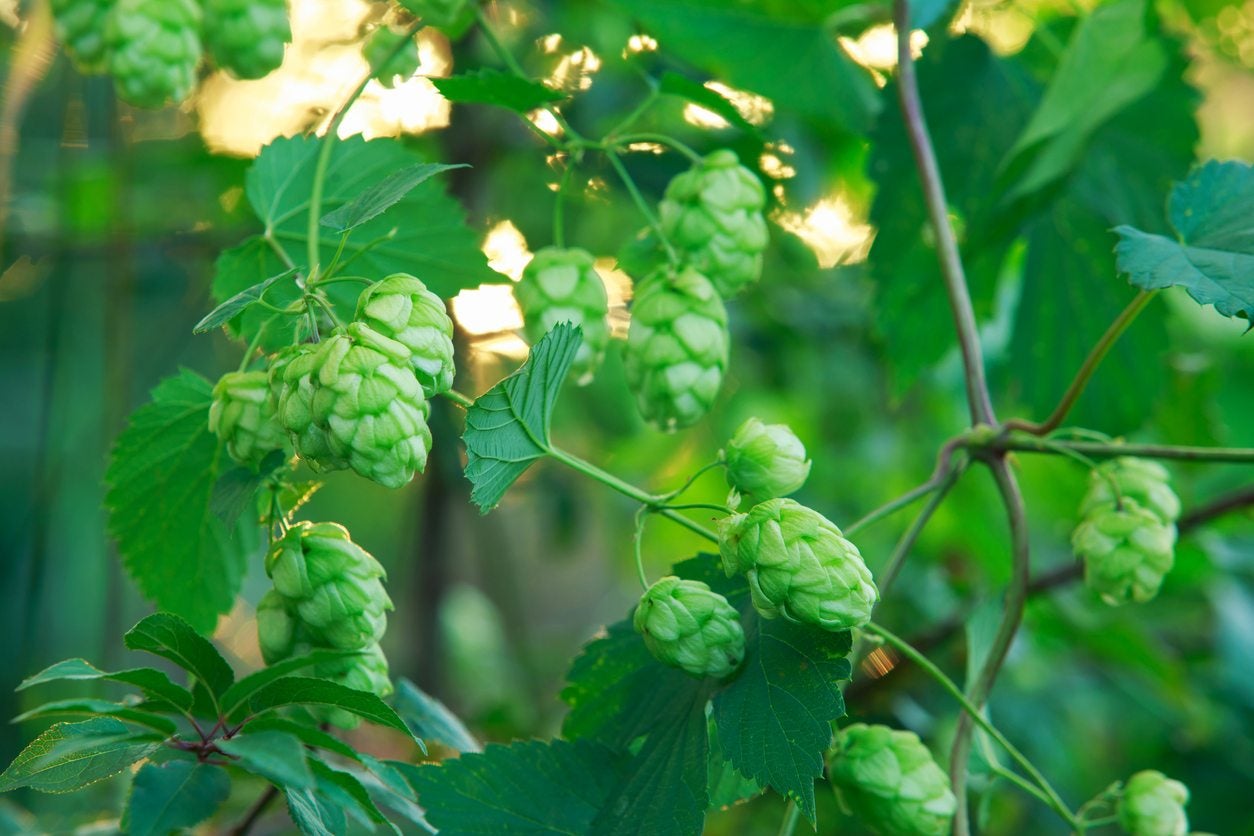

If you’re a home brewer, there’s nothing more satisfying than growing your own hops. Hops plants produce the flower cone that (along with grain, water, and yeast) is one of the four essential ingredients in beer. However, hops are long, fast-growing vines that require some strategic pruning to get the most out of them. Keep reading to learn more about how to prune a hops plant.
When Should I Prune Hops?
Hops plant pruning starts very soon after the plant emerges from the soil. Hops grow from rhizomes that put out a bunch of vines over the course of the growing season. In the spring, you should have several vines coming out of the same spot. Once they’re between 1 and 2 feet (31-61 cm.) in length, pick three or four of the healthiest vines to keep. Cut all the rest back to the ground. Train the ones you’ve kept to climb up hanging strings or wires leading to an overhead trellis.
Cutting Back Hops Vines
Hops plant pruning is a process that needs to be kept up throughout the summer if you want your vines to be healthy. Hops are fast growing and tangle easily and pruning hops plants strategically encourages air circulation and seriously discourages disease, bugs, and mildew. In midsummer, once the vines are firmly attached to the trellis above, carefully remove the foliage from the bottom 2 or 3 feet (61-91 cm.). Cutting back hops vines like this will allow air to pass through more easily and protect the vines from all the problems associated with damp. To further prevent tangling and dampness, keep pruning hops plants down to the ground whenever they send up new shoots out of the soil. At the end of the growing season, cut the whole plant down to 2 or 3 feet (61-91 cm.) in length to prepare for next year.
Gardening tips, videos, info and more delivered right to your inbox!
Sign up for the Gardening Know How newsletter today and receive a free copy of our e-book "How to Grow Delicious Tomatoes".

The only child of a horticulturist and an English teacher, Liz Baessler was destined to become a gardening editor. She has been with Gardening Know how since 2015, and a Senior Editor since 2020. She holds a BA in English from Brandeis University and an MA in English from the University of Geneva, Switzerland. After years of gardening in containers and community garden plots, she finally has a backyard of her own, which she is systematically filling with vegetables and flowers.
-
 Looking For Plants To Give You The Soft And Fuzzies? Try These 5 Fuzzy Leaf Plant Options
Looking For Plants To Give You The Soft And Fuzzies? Try These 5 Fuzzy Leaf Plant OptionsLovers of texture, drama, silver foliage and tactile plants will adore these special sensory garden additions. These fuzzy leaf plant options will leave you all aglow
By Susan Albert
-
 Get Ready For A Summer Of Hummers! Grow These Full Sun Hummingbird Plants and Flowers
Get Ready For A Summer Of Hummers! Grow These Full Sun Hummingbird Plants and FlowersIf you’re lucky enough to enjoy a sunny backyard, make sure you are maxing out on your pollinator opportunities and grow these full sun hummingbird plants and flowers
By Tonya Barnett
-
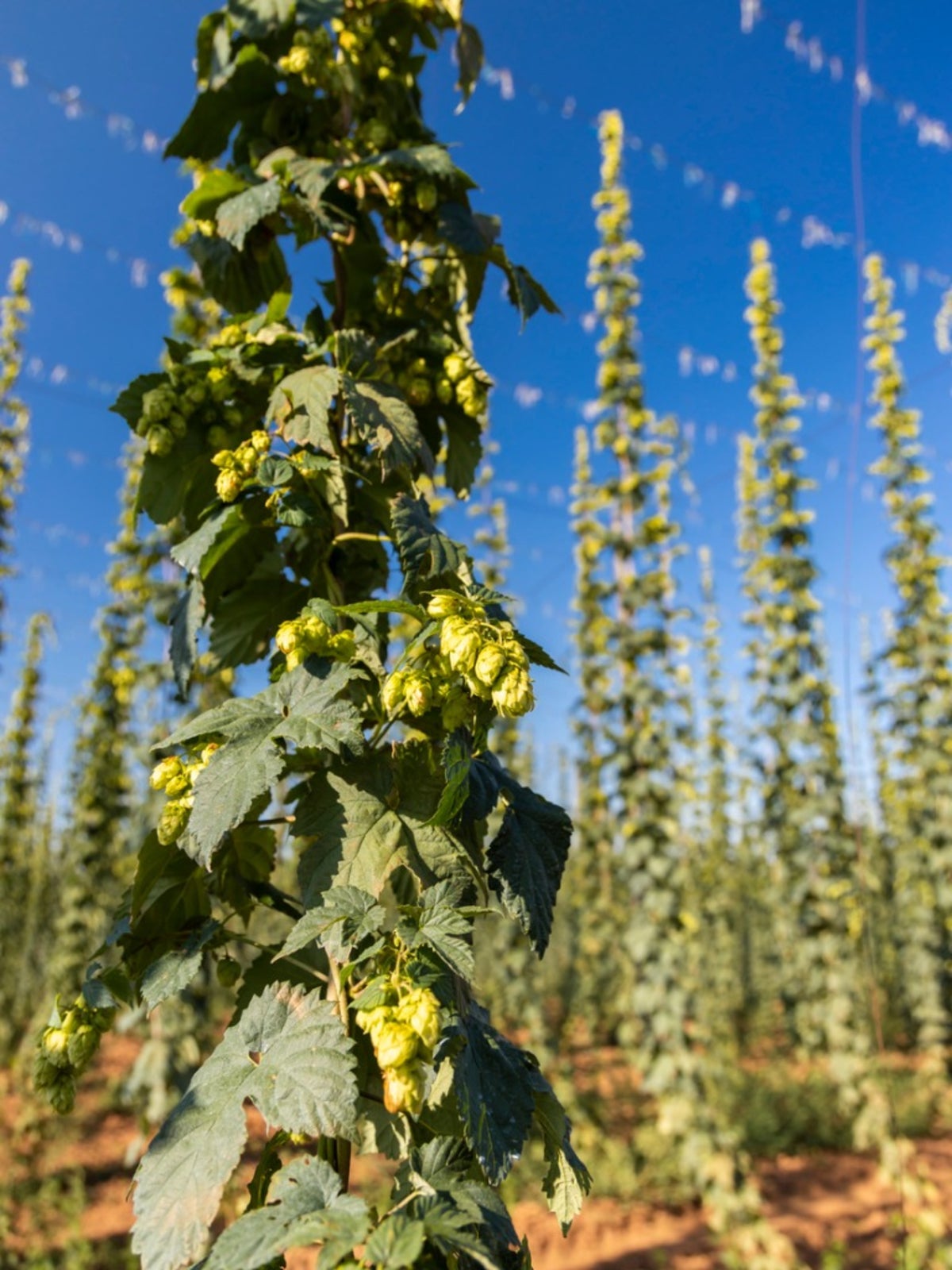 Hops Companion Plants: Learn What To Plant With Hops In Gardens
Hops Companion Plants: Learn What To Plant With Hops In GardensCompanion planting with hops can enhance crop growth and provide a decoy for pesky critters. That said, hop vines are aggressive growers so companion plants need to be considered carefully. This article can help with that.
By Bonnie L. Grant
-
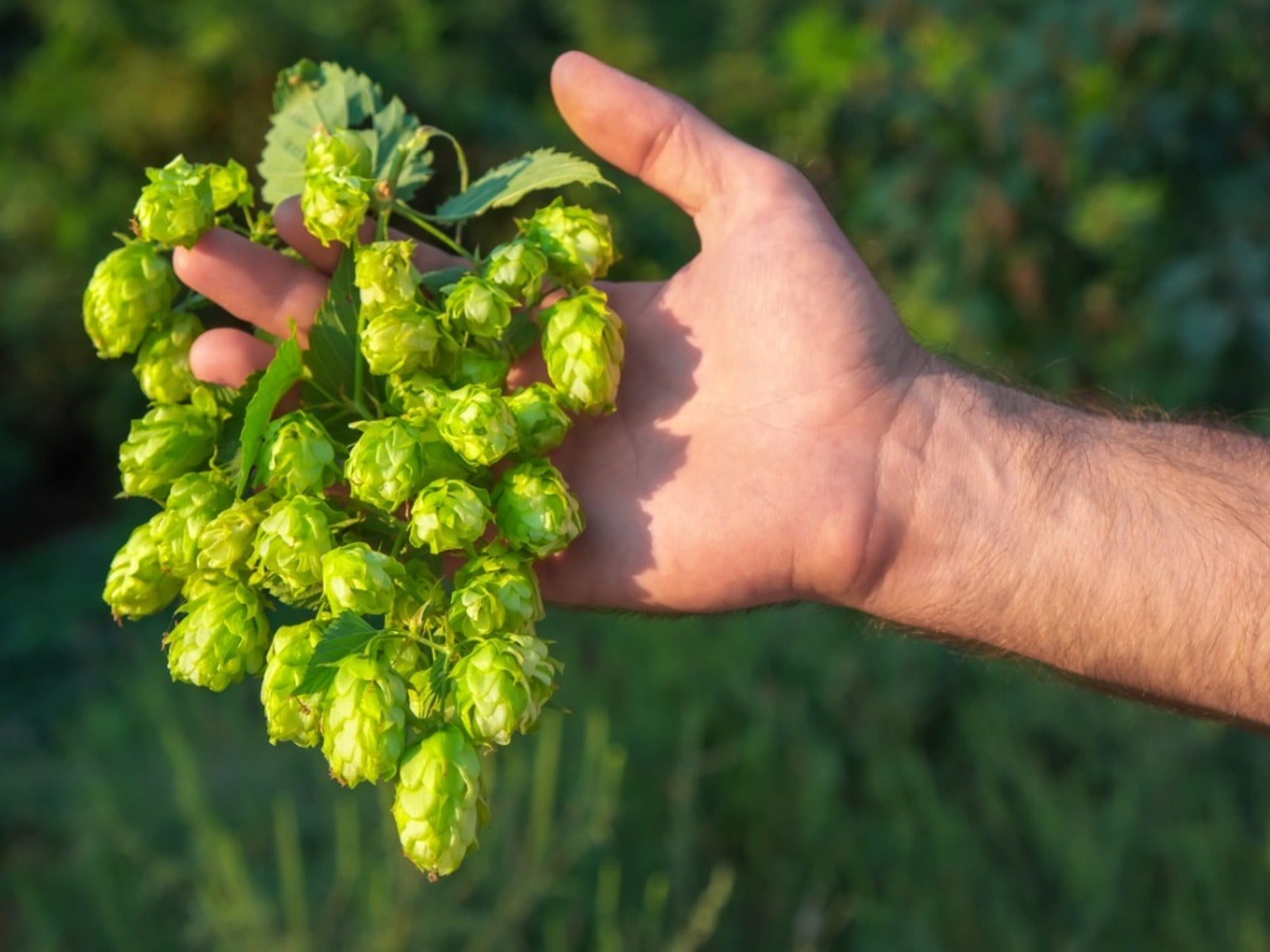 Harvesting Hops Plants: When Is Hops Harvest Season
Harvesting Hops Plants: When Is Hops Harvest SeasonAre you a home brewer? If you have some extra space in your garden, consider growing your own hops to make your beer even more personal.
By Liz Baessler
-
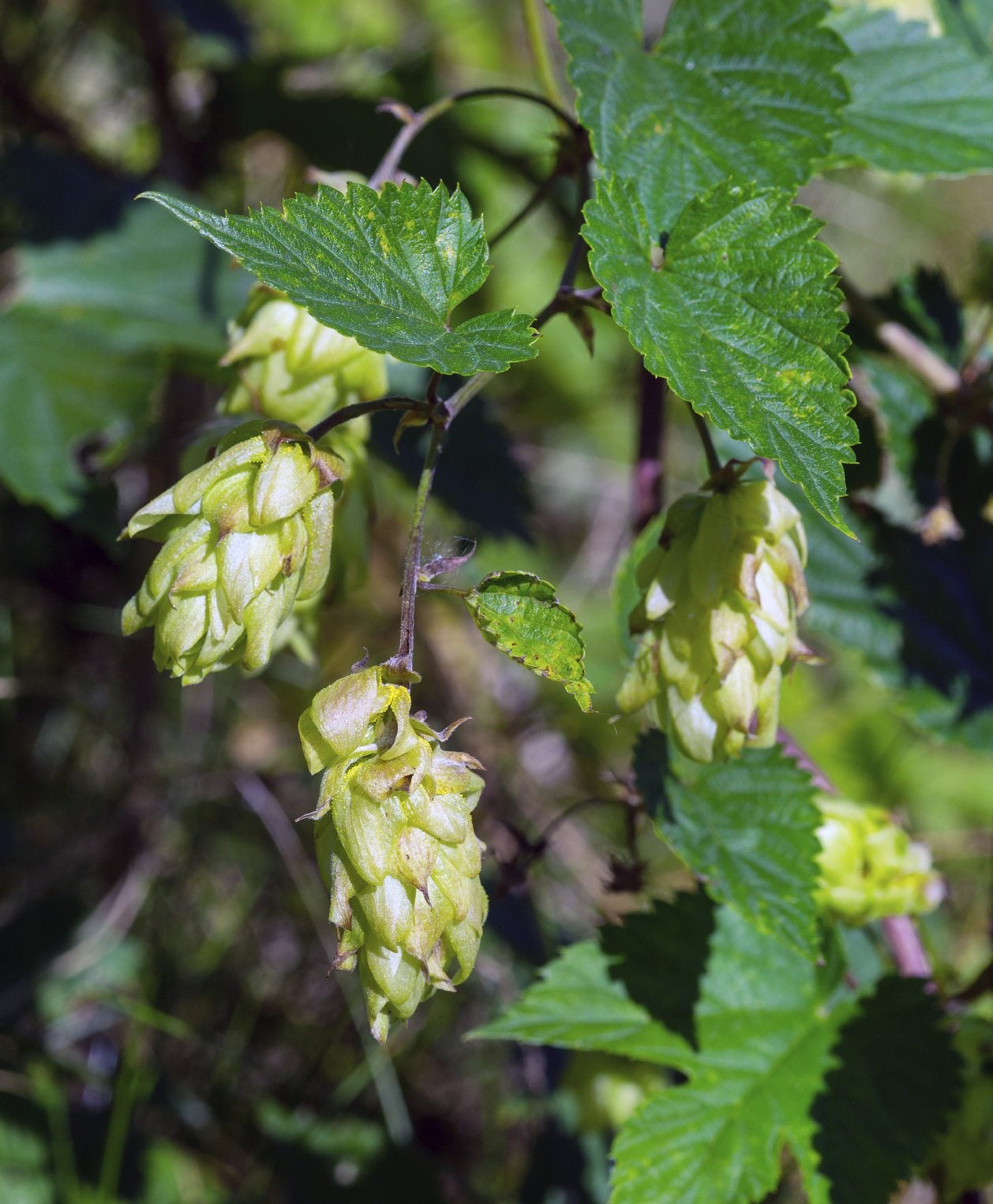 Hops Plant Fertilizer: How And When To Feed Hops Plants
Hops Plant Fertilizer: How And When To Feed Hops PlantsHops can grow up to a whopping 30 feet (9 m.) in a year! To attain this amazing size, it isn't any wonder that they like to be fed every so often. What are hops fertilizer requirements? The following article contains a sort of hops fertilizer guide to help.
By Amy Grant
-
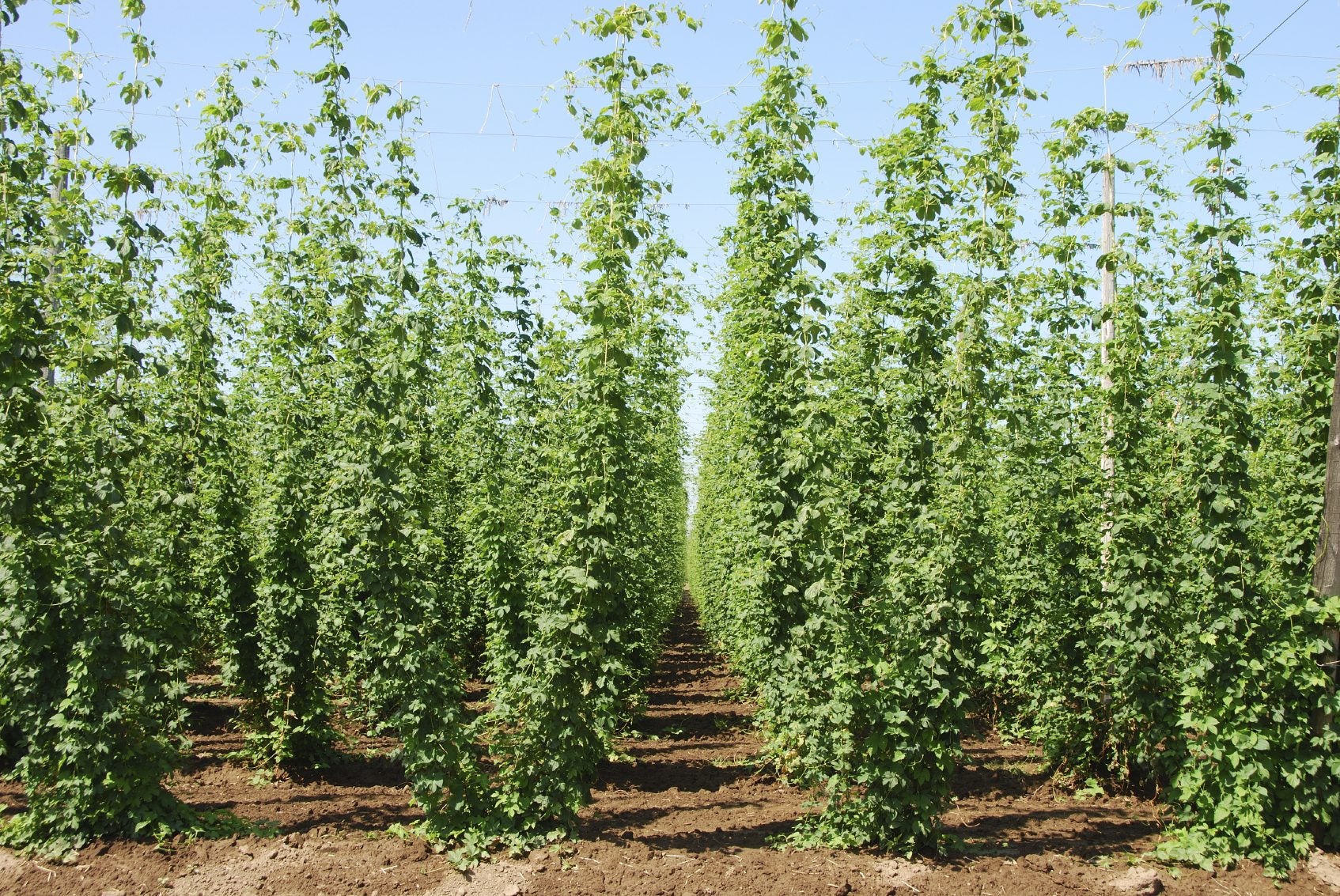 Hops Spacing Requirements – Tips On Plant Spacing For Hops
Hops Spacing Requirements – Tips On Plant Spacing For HopsMost people know that hops are used to make beer, but did you know that the hop plant is a fast-climbing vine? If you decide to grow hops, give a thought to hops plant spacing. This article has more information on spacing requirements for hops.
By Teo Spengler
-
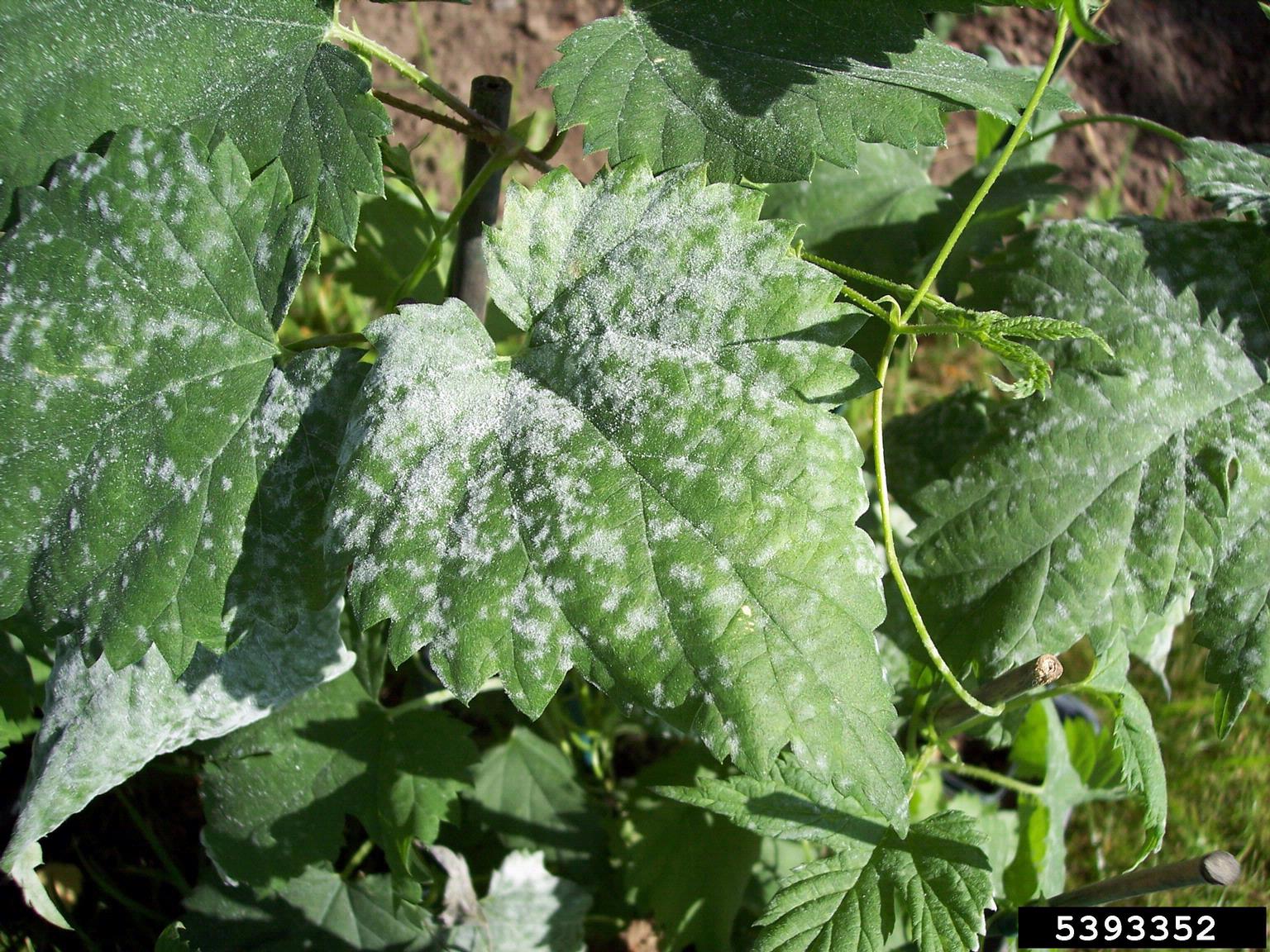 Hops Plant Diseases: Treating Diseases Affecting Hops Plants In Gardens
Hops Plant Diseases: Treating Diseases Affecting Hops Plants In GardensAs prolific as hops can be, the plant may still be afflicted with hops plant diseases. For a fruitful crop, it's important to learn about diseases affecting hops in order to treat hops plant problems ASAP. This article should help with that.
By Amy Grant
-
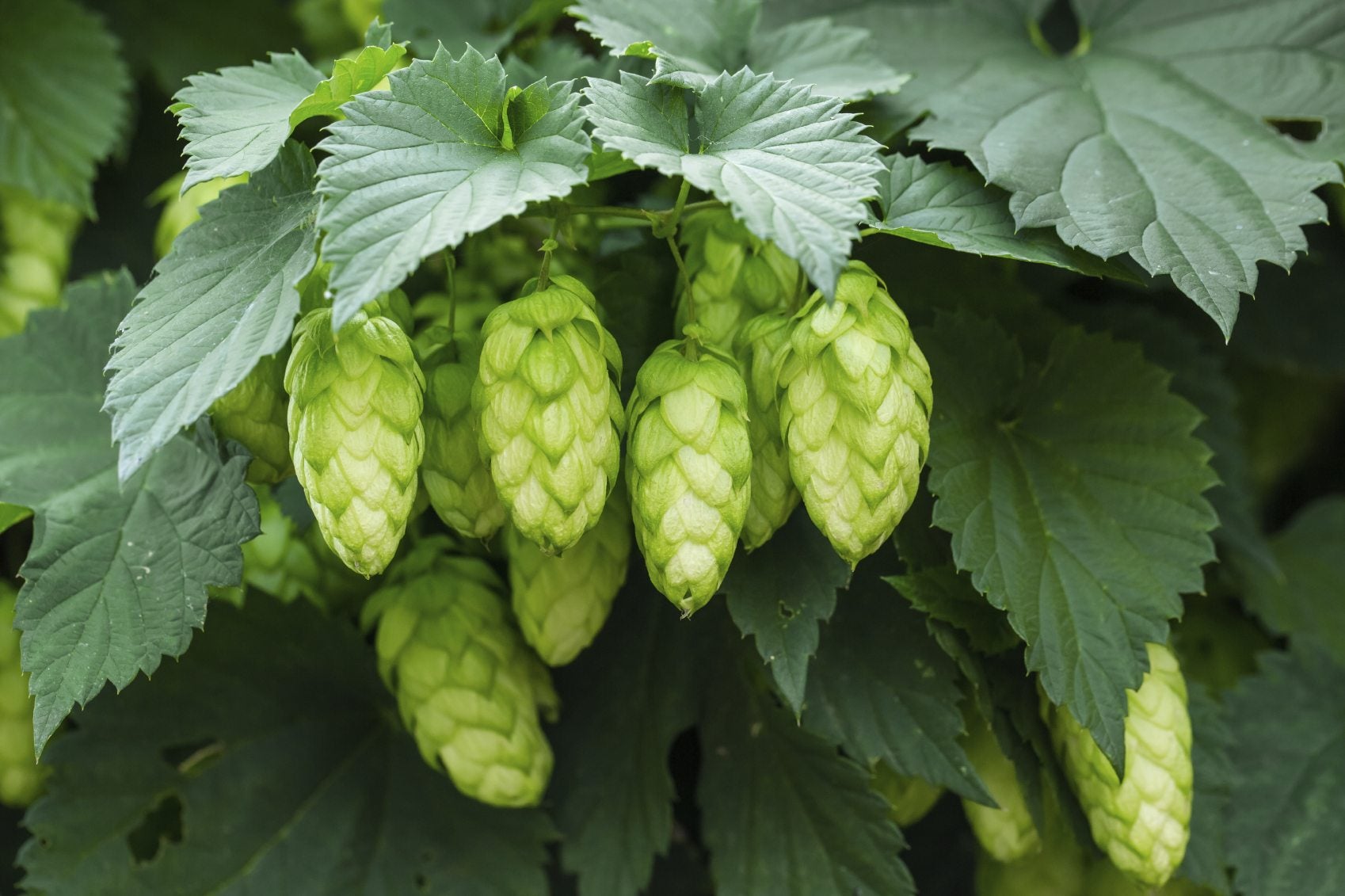 Reasons For No Cones On Hops: How To Get Cones On Hops Plants
Reasons For No Cones On Hops: How To Get Cones On Hops PlantsHops with no cones may be due to the time of the year, cultivation practices, or the age of the vines. Professional growers know how to get cones on hops plants and you can too with a little advice and some tips from the trade. This article will help.
By Bonnie L. Grant
-
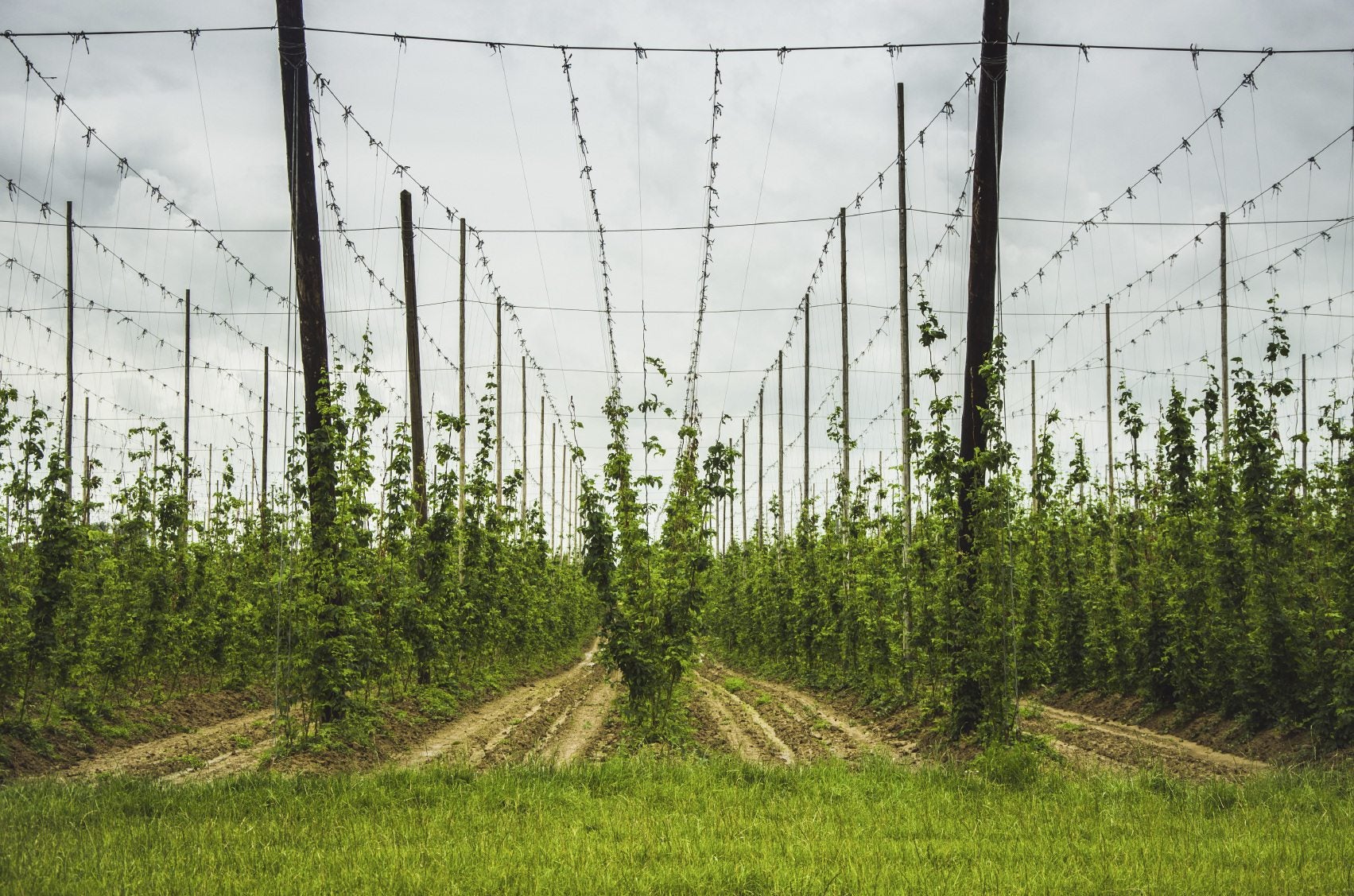 Support For Hops Vines: Learn About Hops Plant Support
Support For Hops Vines: Learn About Hops Plant SupportHops can grow up to 12 inches (30.5 cm.) a day. These rampant climbers need a sturdy trellis of appropriate height to accommodate their size. The following article contains information on the best support for hops plants and building a trellis for hops.
By Amy Grant
-
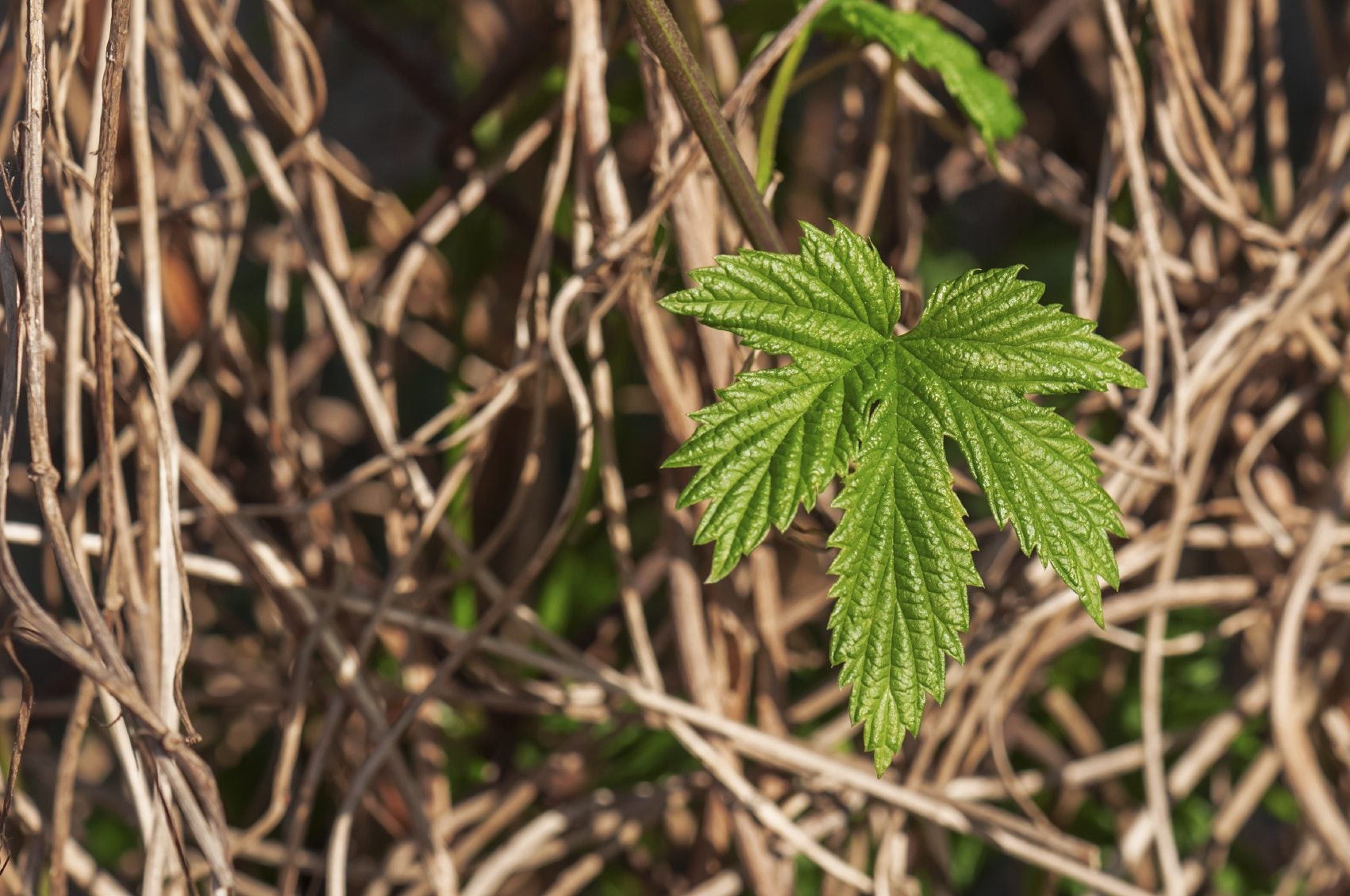 Propagating Hops Plants: Planting Hops From Clippings And Rhizomes
Propagating Hops Plants: Planting Hops From Clippings And RhizomesHops plant propagation is primarily from root cuttings. Planting hops from clippings will result in identical clones to the parent hop plant. Here are some surefire tips on how to propagate hops plant for beautiful vines and copious cones.
By Bonnie L. Grant